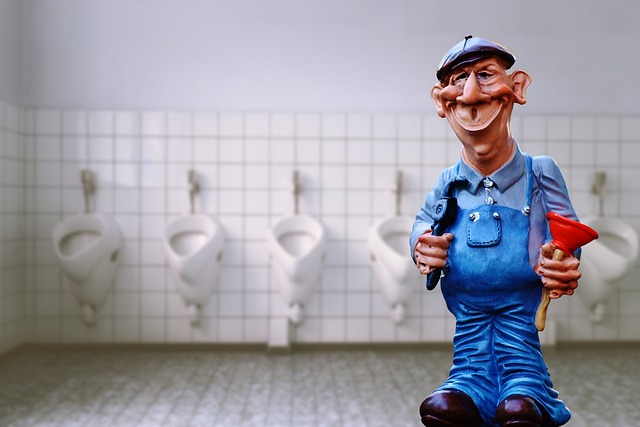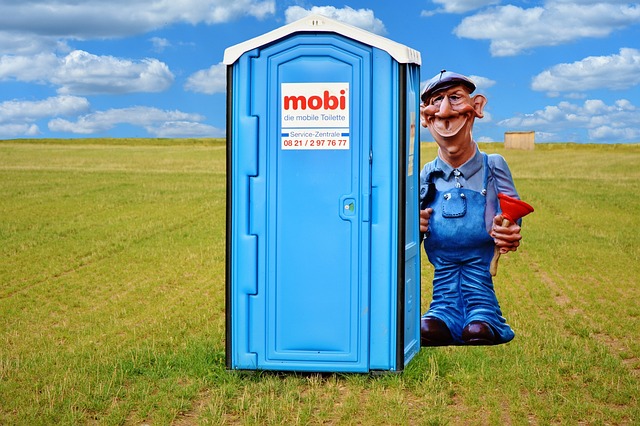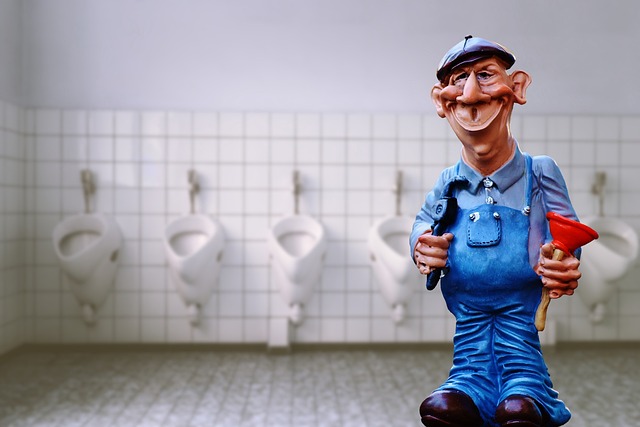Water heaters are essential for daily routines, but they can cause disruptions due to common plumbing issues like lack of hot water, temperature control problems, sediment buildup, and overheating. Early identification is crucial to prevent severe damage and costly repairs. Simple checks for thermostats and pilot lights, along with regular maintenance, can resolve minor issues. Sudden changes in hot water supply, tank rusting, bubbling, unusual noises, or drops in home water pressure require immediate professional attention to avoid further damage.
Tired of cold showers? Understanding common water heater problems is key to getting hot water fast. From temperature issues to odd noises, recognizing these signs early can save you from unexpected outages. This article guides you through identifying typical plumbing issues affecting your water heater and offers quick fixes for instant hot water. Learn when it’s time to call a professional and avoid embarrassing (and chilly) situations.
Identifying Common Water Heater Problems

Water heaters are an essential part of our daily routines, so when they start displaying common plumbing issues, it can disrupt our lives significantly. Identifying problems early is crucial to prevent more severe damage and costly repairs. One of the most noticeable signs is a lack of hot water, which could be due to various factors.
Some common plumbing issues with water heaters include temperature control problems, where the heater fails to maintain the desired temperature or keeps fluctuating. Another frequent issue is sediment buildup at the bottom of the tank, leading to reduced heating efficiency and potential leaks. Overheating, often caused by faulty thermostats, can result in rapid depleting of hot water and even pose a safety risk. Additionally, strange noises coming from the heater, such as banging or rumbling, may indicate problems with internal components.
Quick Fixes for Instant Hot Water

If you’re facing common plumbing issues like no hot water or a delayed hot water response, there are quick fixes to get you back on track. Start by checking your thermostat—a simple adjustment could be all it takes to boost the temperature. Ensure it’s set to a suitable level and that it’s functioning correctly.
Next, inspect your water heater’s pilot light. If it’s out, reignite it following the manufacturer’s instructions. For electric heaters, verify the heating element is working and the circuit breaker isn’t tripped. If these initial checks don’t resolve the issue, consider potential problems like sediment buildup or faulty dip tubes, which can disrupt hot water flow.
When to Call a Plumber: Emergency Situations

If you’re facing an issue with your water heater that’s causing significant inconvenience or posing potential safety hazards, it’s crucial to know when to call a plumber. While minor issues like temperature adjustments or slow heating can sometimes be addressed through simple troubleshooting, emergency situations demand immediate professional attention. Common plumbing issues that warrant prompt action include sudden loss of hot water, excessive bubbling or rusting in the tank, unusual noise or leaking from the heater, and mysterious water pressure drops throughout your home.
In these cases, attempting DIY fixes could lead to further complications or even damage to your heater or plumbing system. A qualified plumber can swiftly diagnose the problem, whether it’s a faulty heating element, corrosion inside the tank, a broken thermostat, or a more serious issue like a gas leak. Their expertise ensures quick resolution, restoring hot water supply and peace of mind in no time, especially during cold weather when warm water is essential for daily routines.
Whether dealing with cold showers or a stubbornly functioning heater, understanding common water heater problems and knowing when to seek professional help is key. By identifying issues early, you can implement quick fixes for instant hot water. Remember, while DIY solutions are helpful, certain emergencies may require the expertise of a plumber. Familiarizing yourself with these scenarios ensures swift and safe resolution to your plumbing problems, keeping your home’s hot water supply running smoothly.
